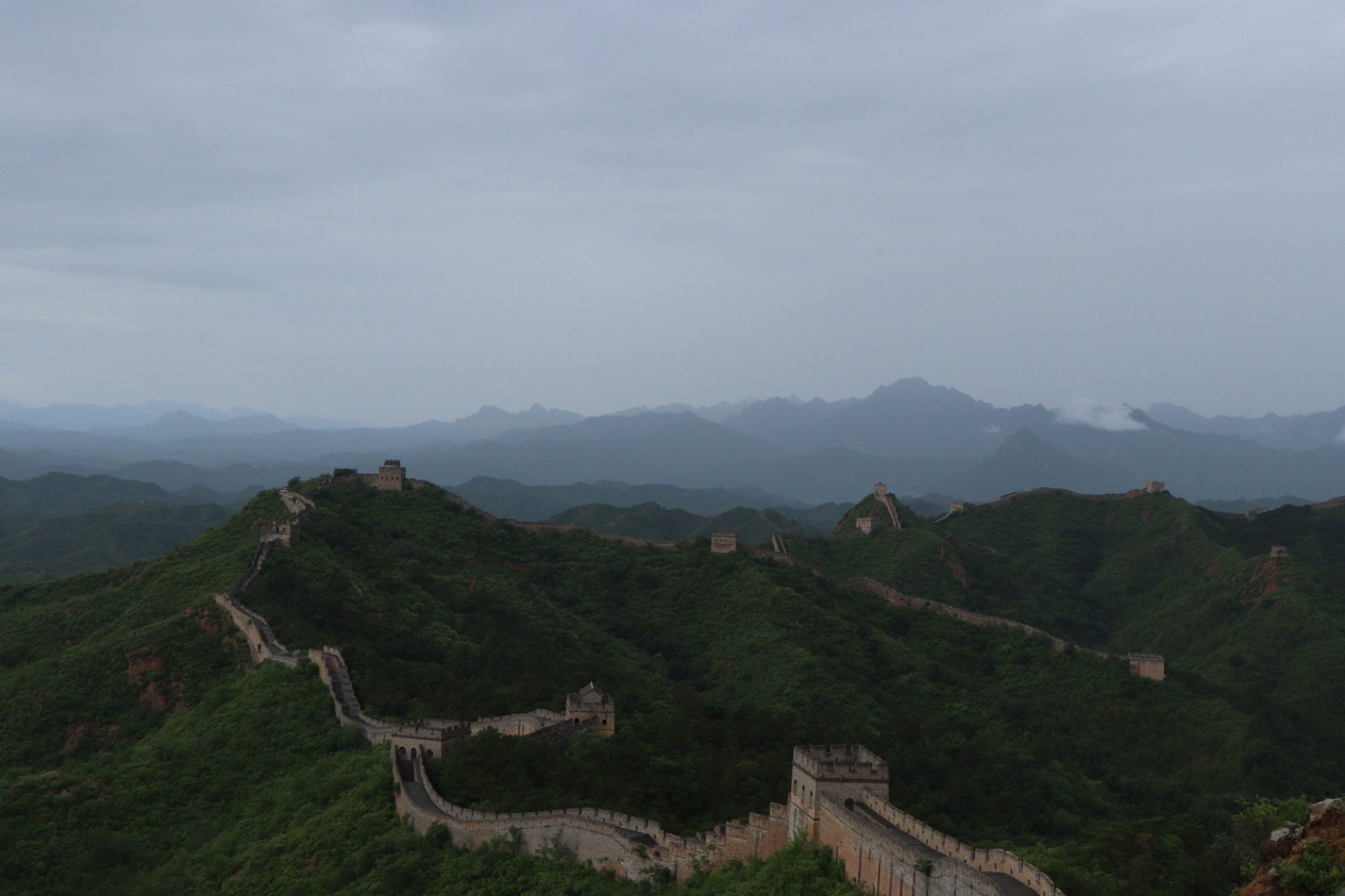A detour from the hustle and bustle of the cities of China, Gubei provides one of the most calming and soothing stays you’ll likely find in China, so long as you’re not standing on the Great Wall of China, which I will elaborate on later. A town just 2 hours away from Beijing, Gubei is best known for being situated just below a portion of the Great Wall of China. However, there’s more to Gubei than it’s fancy VIP.
This post is one of 4 encompassing my full 8D7N China Trip. For the full itinerary, tips, and overview, check out the Master Post HERE.
Prelude – Love’s Ambition
In case you’re wondering, this post was written in June of 2025. At this point, Gubei Water Town wasn’t very famous as compared to other towns, sites and cities in China.
However, as of, from what I know, October 10th 2025, there’s been a development
Love’s Ambition (许我耀眼) is a popular, highly rated Chinese Drama that’s been making the rounds as of late. From purely my observation, Chinese Television tends to have a habit of popularising a show for a period of time before dropping that show and moving to another show that grows to be extremely popular, almost like a craze. This “craze”s Episode 27 of Season 1 just happens to take a visit to Gubei Town
From what I know, this is the first major appearance of Gubei Town in media. To my understanding, Gubei Town was relatively unknown and niche, up until it was featured in this show I have not been watching. (but my mother has been!) Now, the last thing I want to do is try to predict why you’re reading this blog nor why you wish to visit Gubei Water Town, but if it just so happens it’s because of this show, I will say that it’s a pretty fair representation of our experience. The show doesn’t seem to over-dramatise the beauty of the town, if anything I think, as with most things, it’s more beautiful in real life.
I’ve only written this short notice because I’ve been alerted to the possible newfound popularity of the area. Nothing else in this post has been altered from the original writing I did.
Maybe, just maybe, be ready to expect more tourism in the area…
Locations / Activities
Gubei Water Town (古北水镇) – Venice with a view of the Great Wall
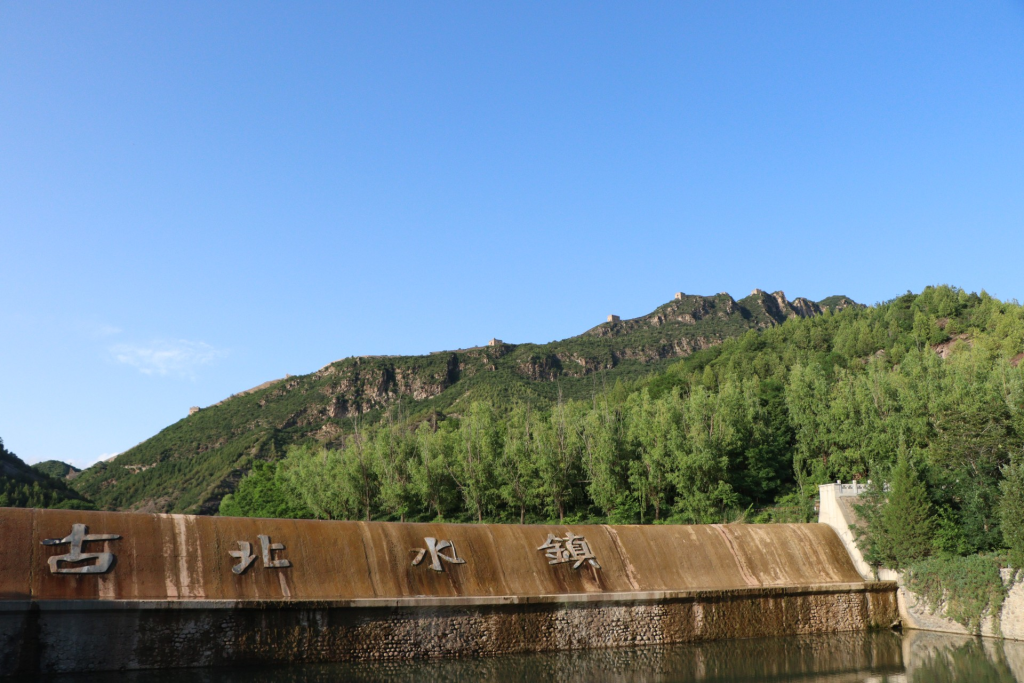
Before I begin, there stands to be an important distinction made. A line I need to draw in the sand. Gubei Water Town is, in fact, not a organically developed town, but rather a commercial resort town, catered to tourists just like us
Line in the sand – What is 古北水镇?
Gubei Water Town is a scenic tourism resort opened in 2014, built next to the Simatai Great Wall. The town was constructed in collaboration with the Beijing Tourism Group, targeting tourists keen on climbing the Original Great Wall of China without a proper place to stay. Hence, mimicking the style of real ancient water towns, Gubei Water Town was built. As a result, it’s filled with hotels, restaurants, performances, shops, a hot spring spa and even a Starbucks!
There was no pre-existing, century old town here before the Beijing Tourism Group arrived. The Water Town itself does actually require you to have a ticket or stay in one of the nearby hotels to enter. A scam? Not necessarily, but it can get confusing.
With that out the way…
There’s no real reason to think any less of Gubei just because of this. It’s still wonderfully constructed, home to fantastic views of the Great Wall and beautiful at night. Especially at night.
After sun-down in Gubei Water Town, the night life comes alive. At around 8.30pm, a group of drones takes off into the night sky from Sun-Moon-Island Square. These drones simulate the scene of hundreds of Kongming lanterns, which are used in festivals and have countless meanings, rising up into the air. After which, from another location, another set of what looks to be a few hundred drones rise into the air, arranging and colouring themselves to form art in the sky. Finally, at Sun-Moon-Island Square, when all is said and done, a performance ensues. It consists of magic, acrobatics, stunts etc etc, all performed before the next set of drones imitate the Kongming Lanterns at around 9.45pm once more
A very vibrant nightlife, to say the least, all of which I’ve captured for your perusal. Enjoy!
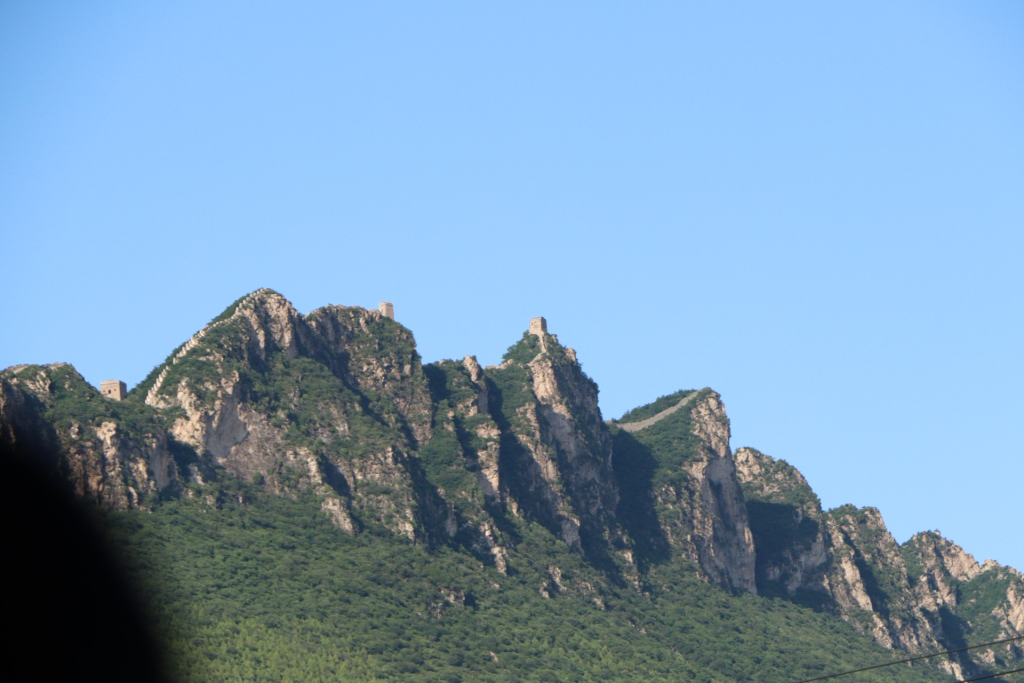
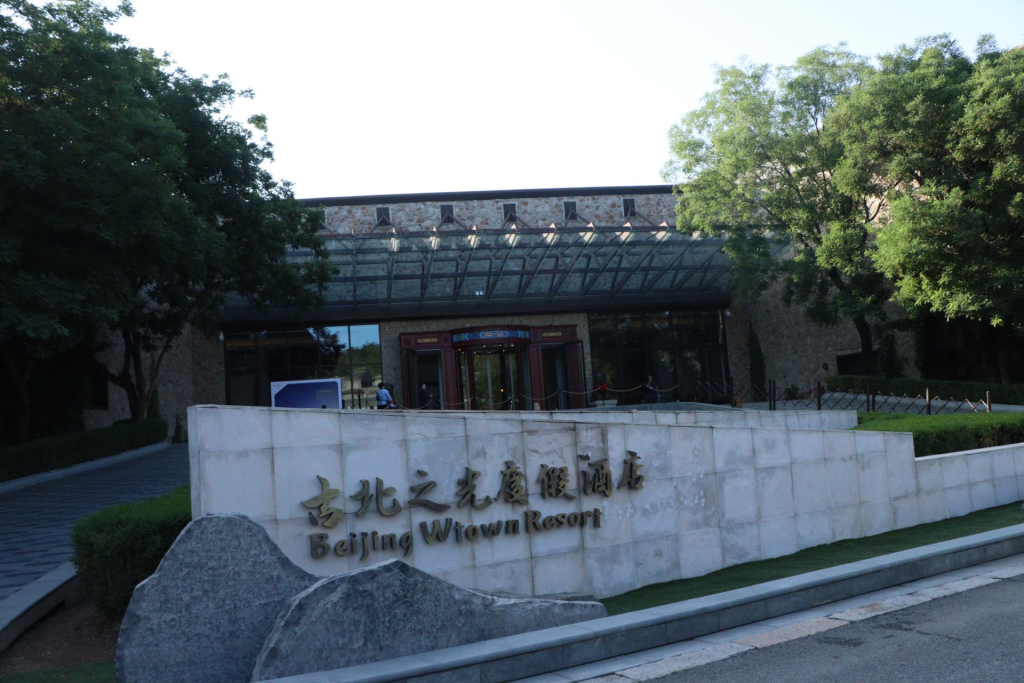
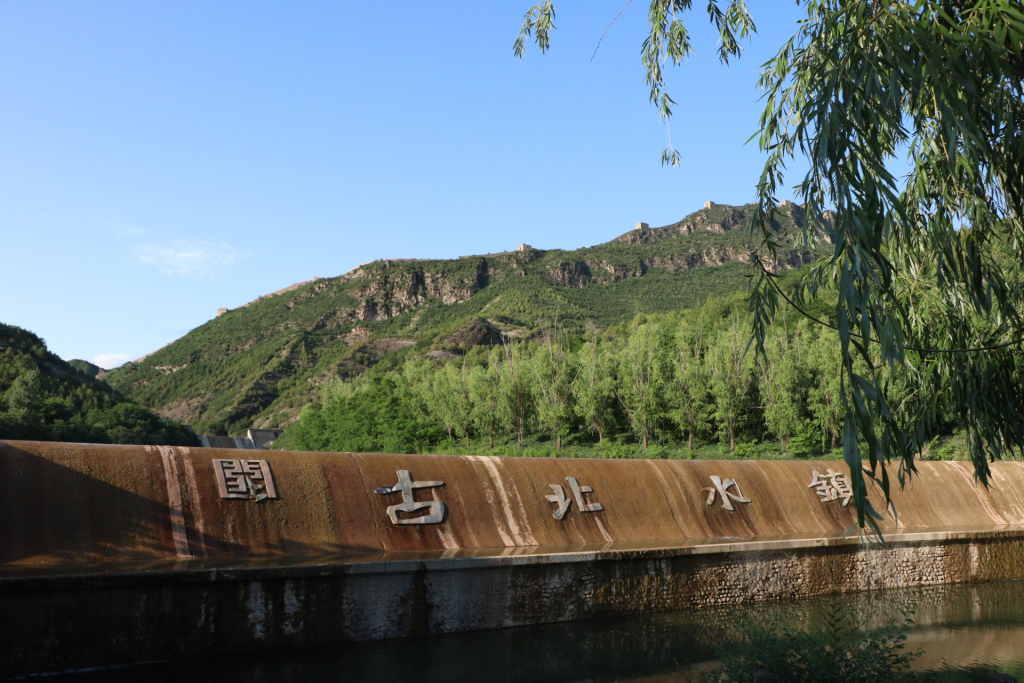
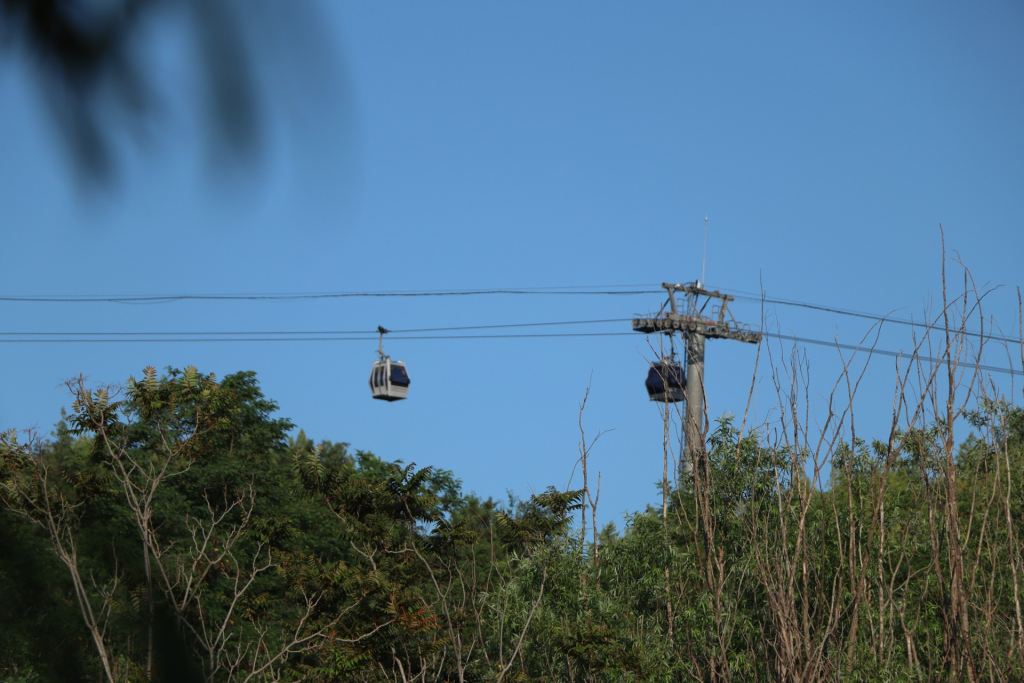
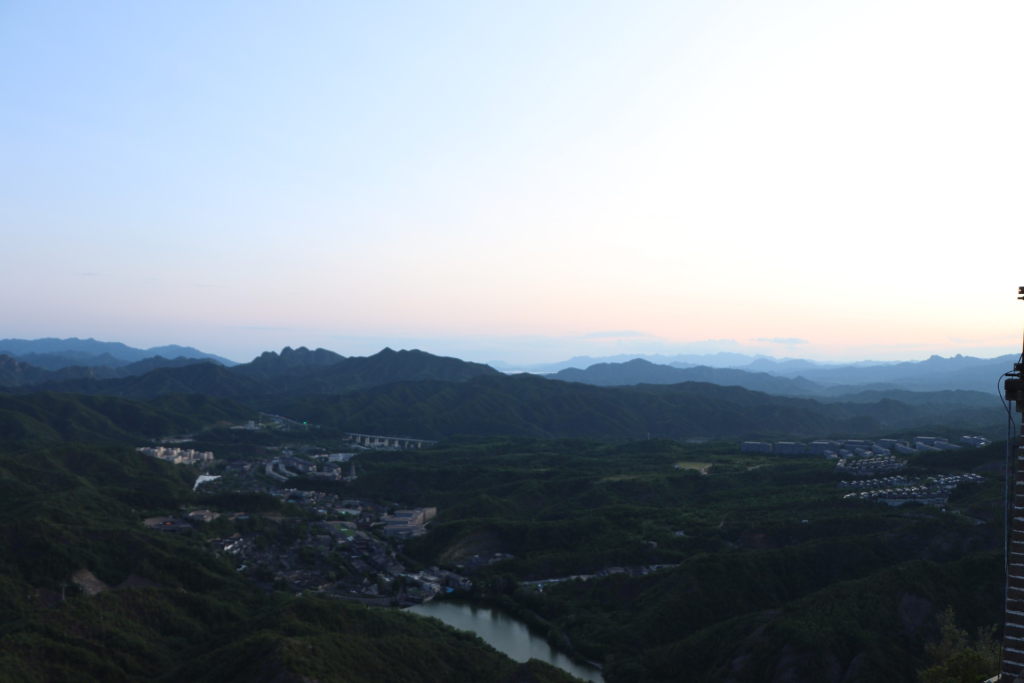
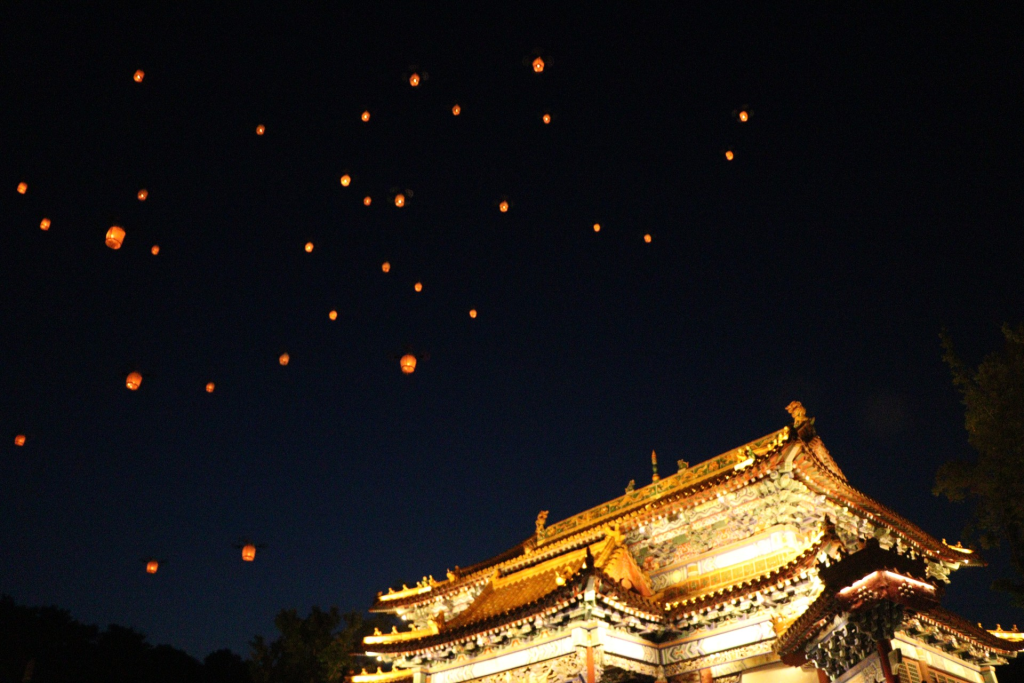
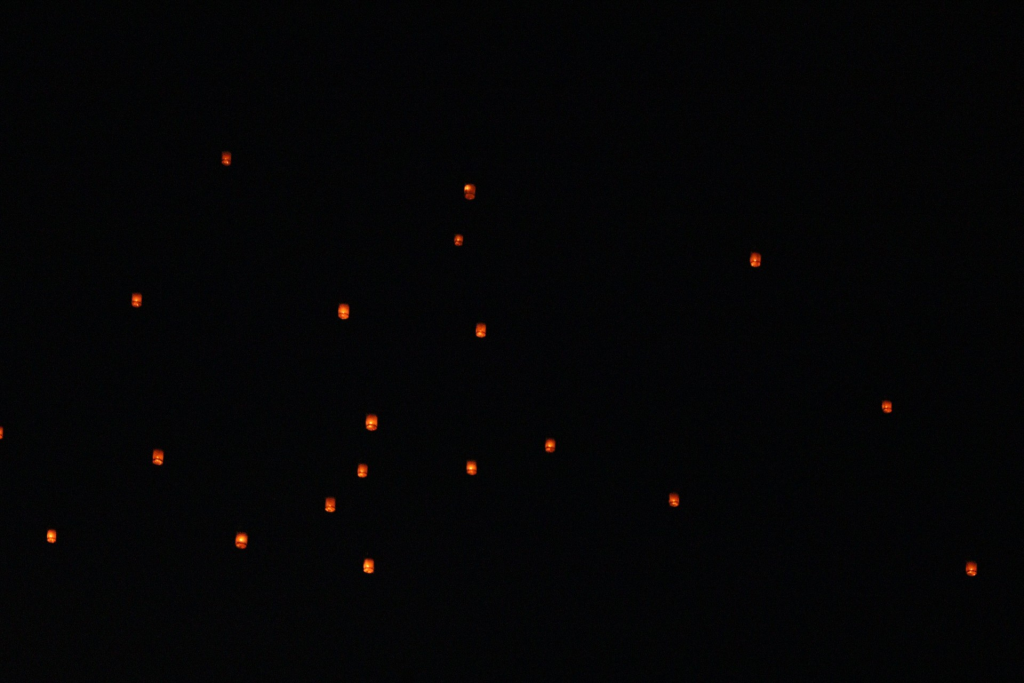
History Lesson #1 – What are Kongming Lanterns?
In ancient China, sky lanterns were strategically used in wars for military communication, signaling, surveillance or spying. Thus, the lanterns are named after Kongming, more famously known as Zhuge Liang! Fans of the “Romance of the Three Kingdoms” will know him as a master strategist from 220 to 280, thousands of years before current day.
Nowadays, Kongming lanterns are used as a display of unity and community. Writing a wish on a lantern and releasing it is also believed to be a way to send your hopes up to the heavens. Similarly, Taiwan notably uses sky lanterns in their Pingxi Sky Lantern Festival where thousands of lanterns are released simultaneously.
Moving on…
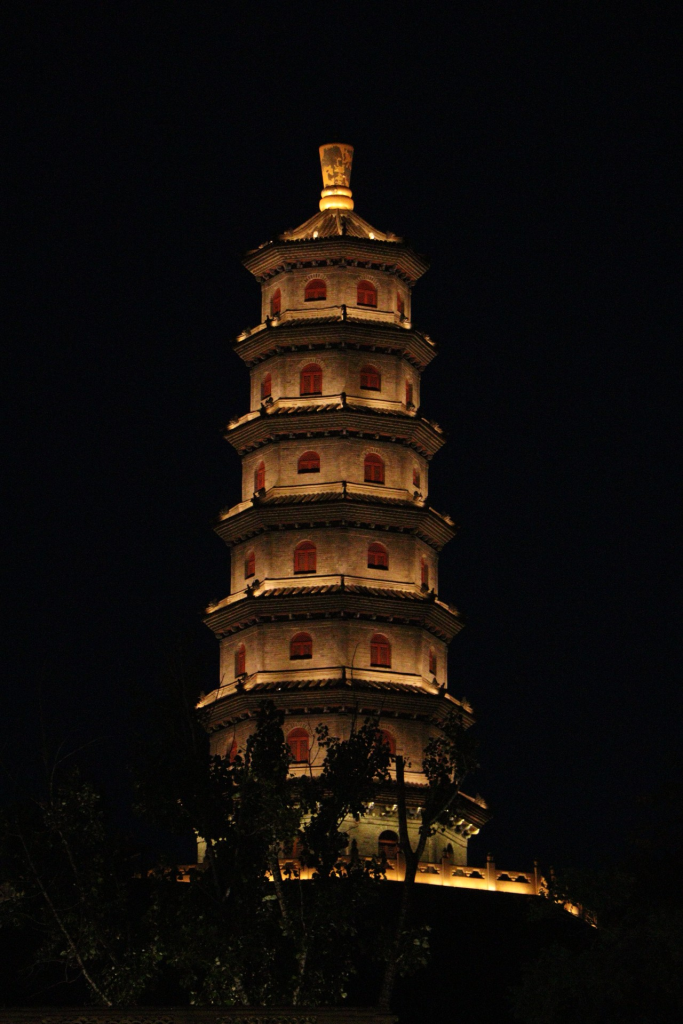

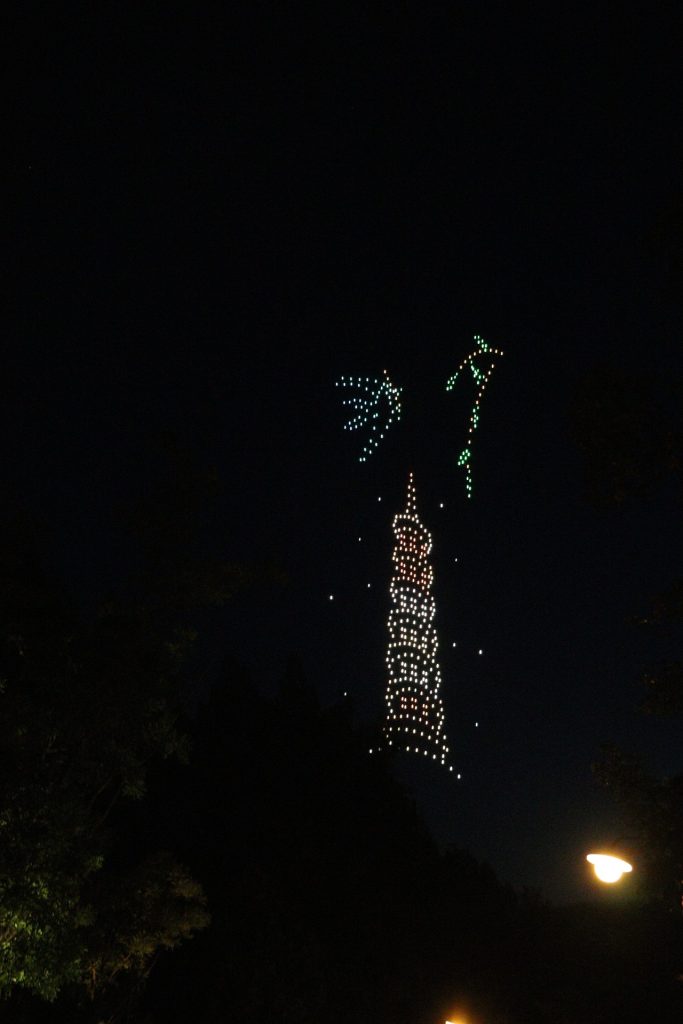
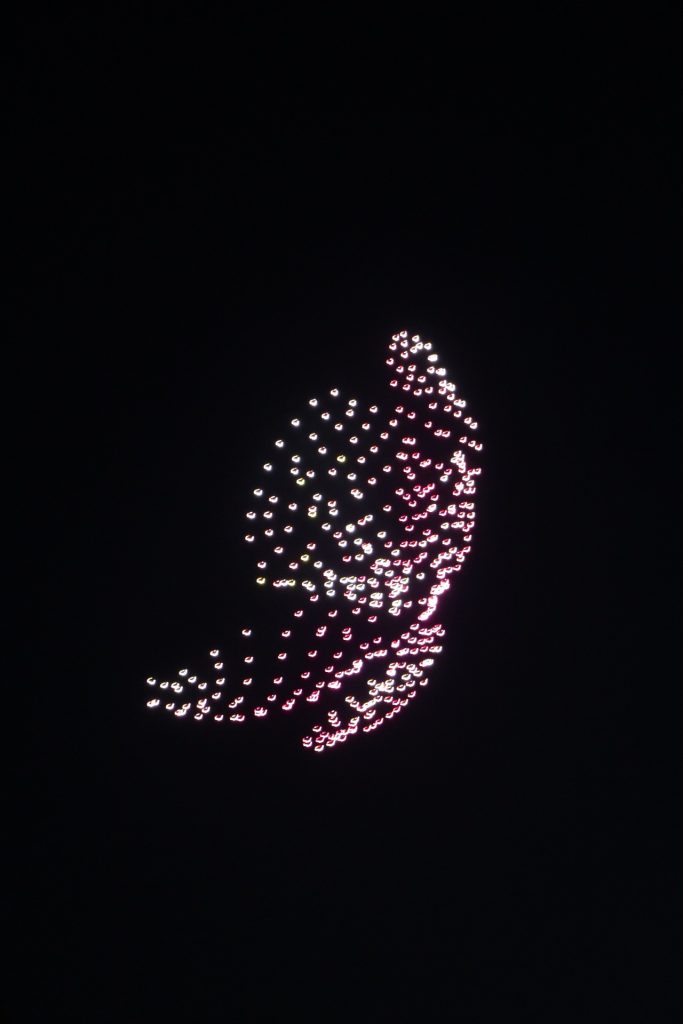
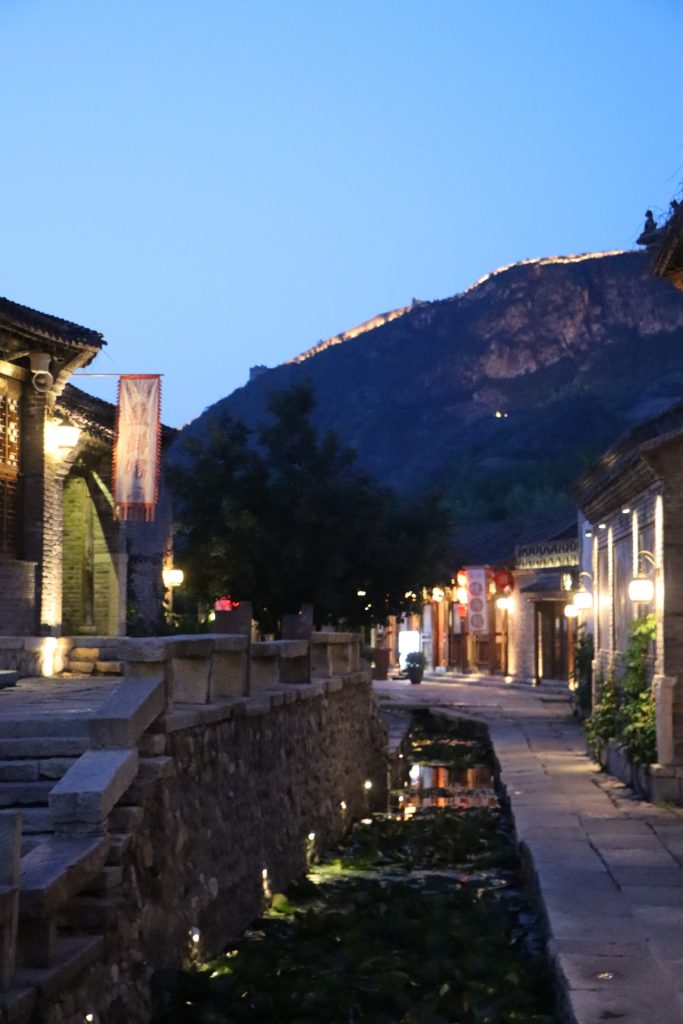

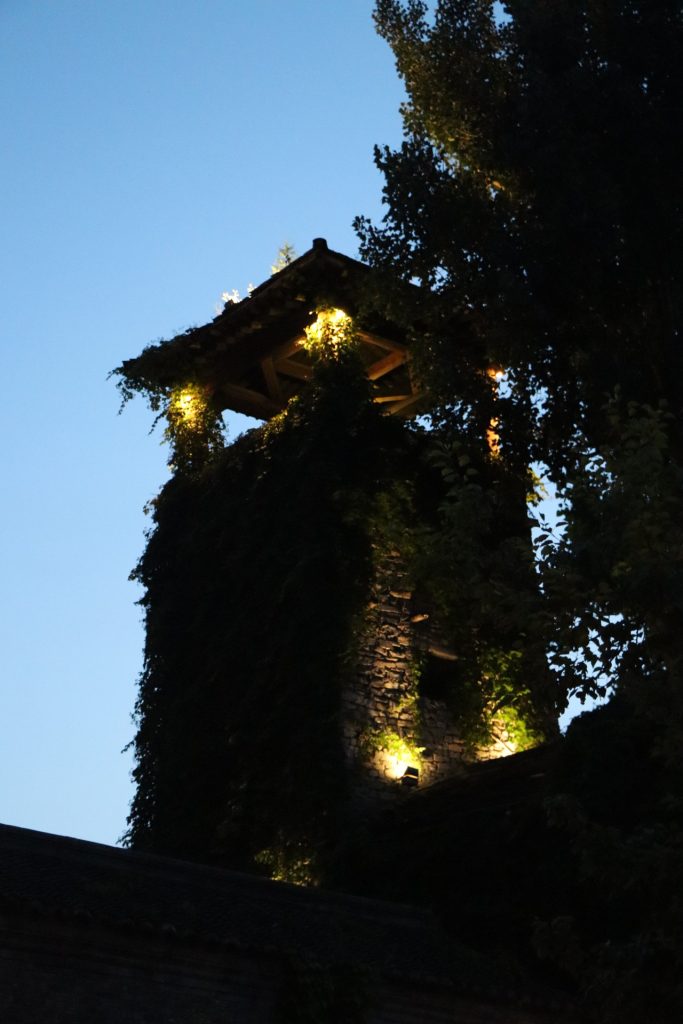
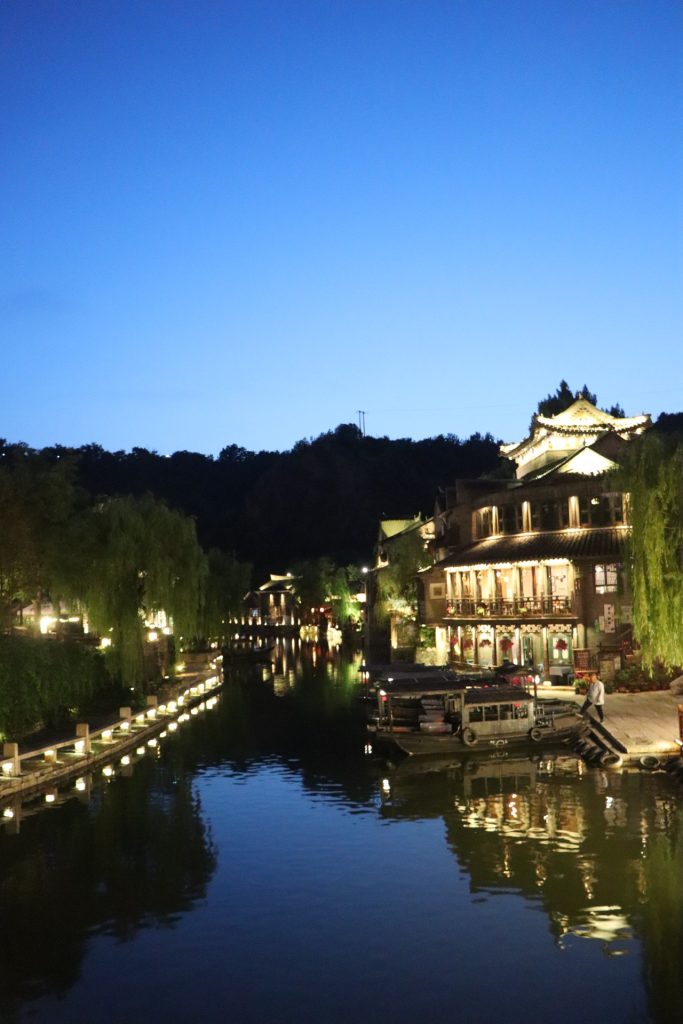
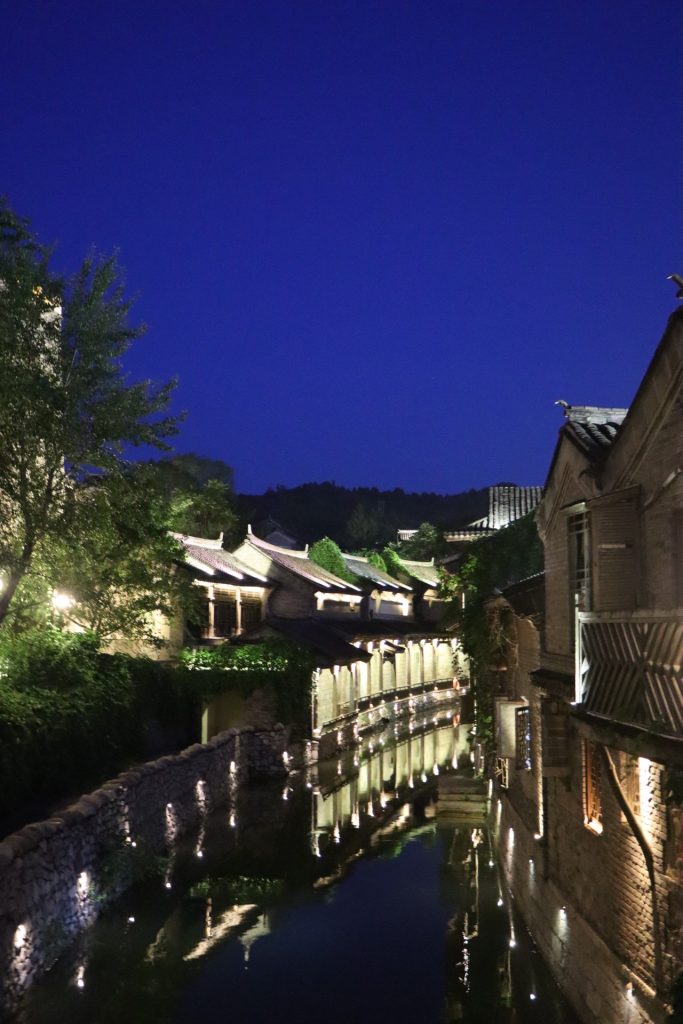
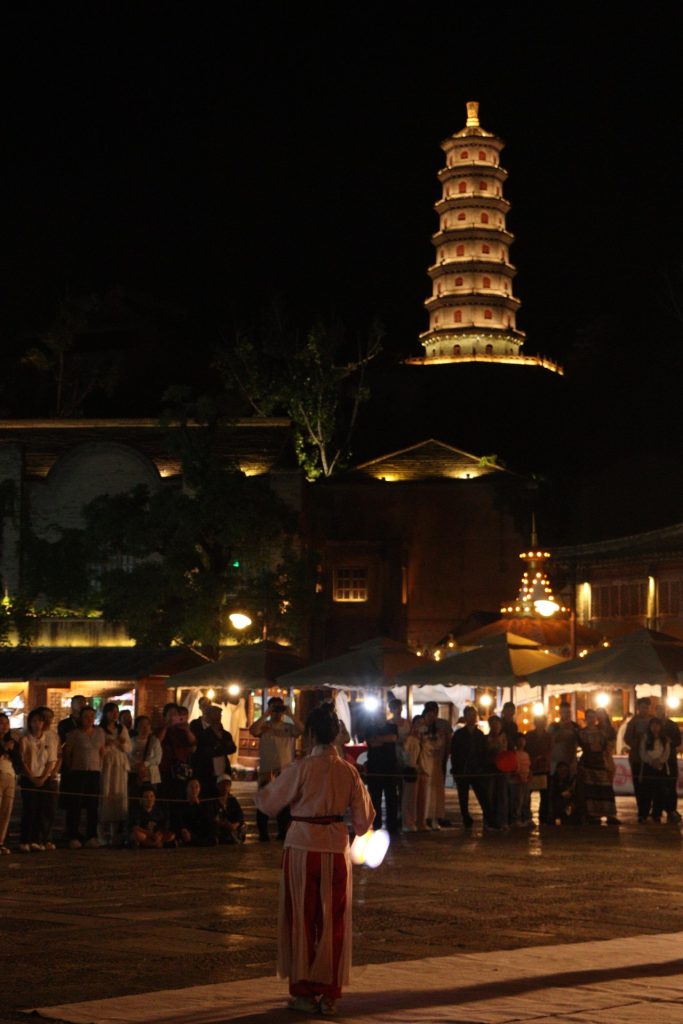
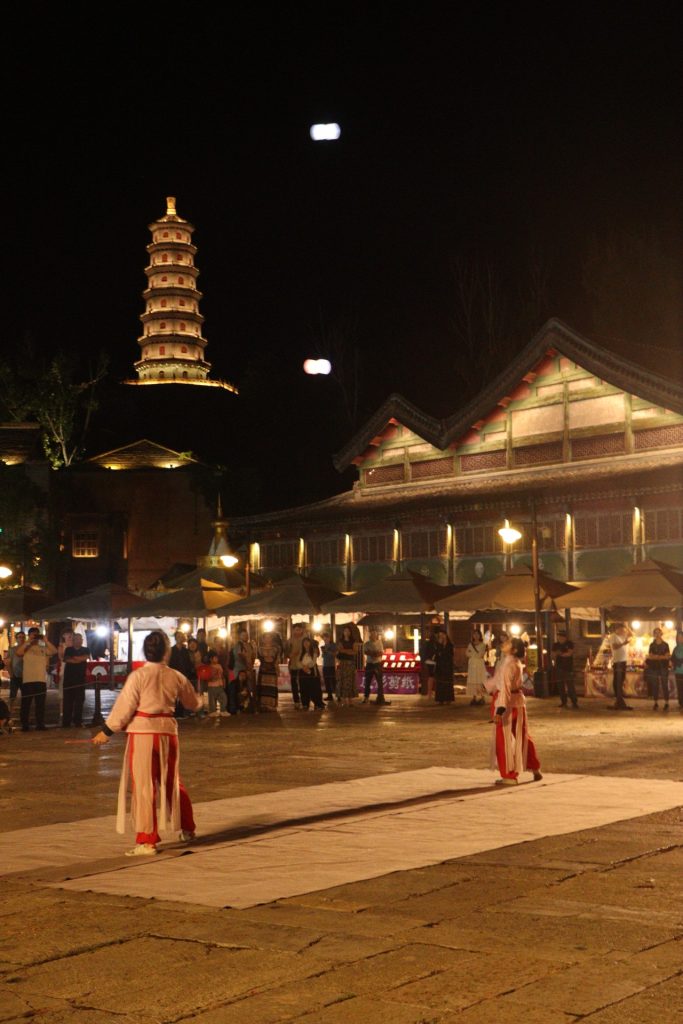
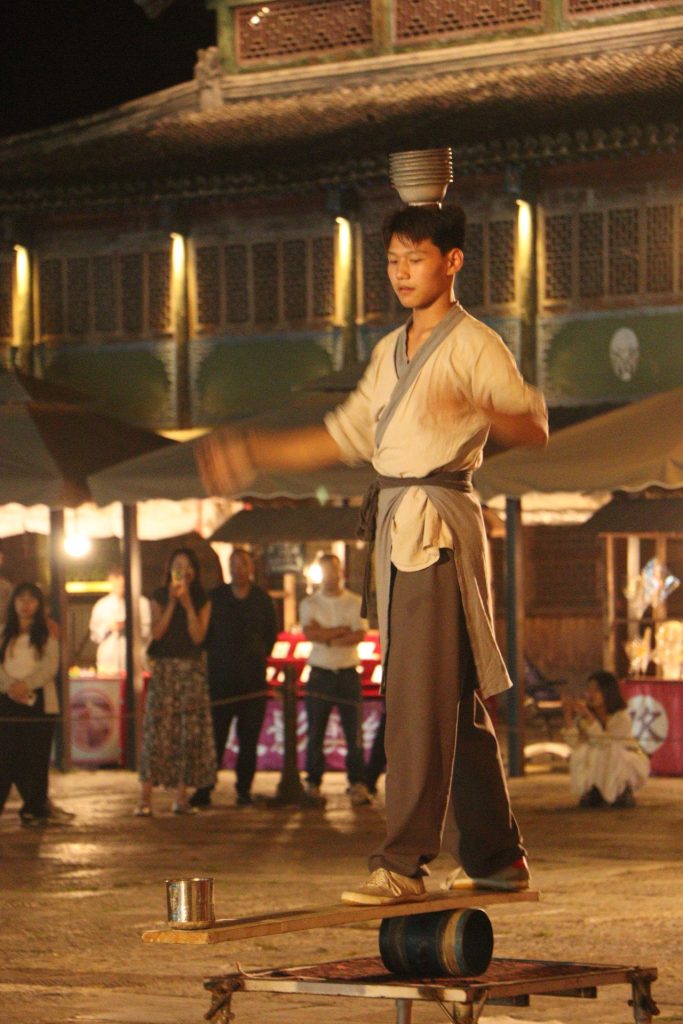
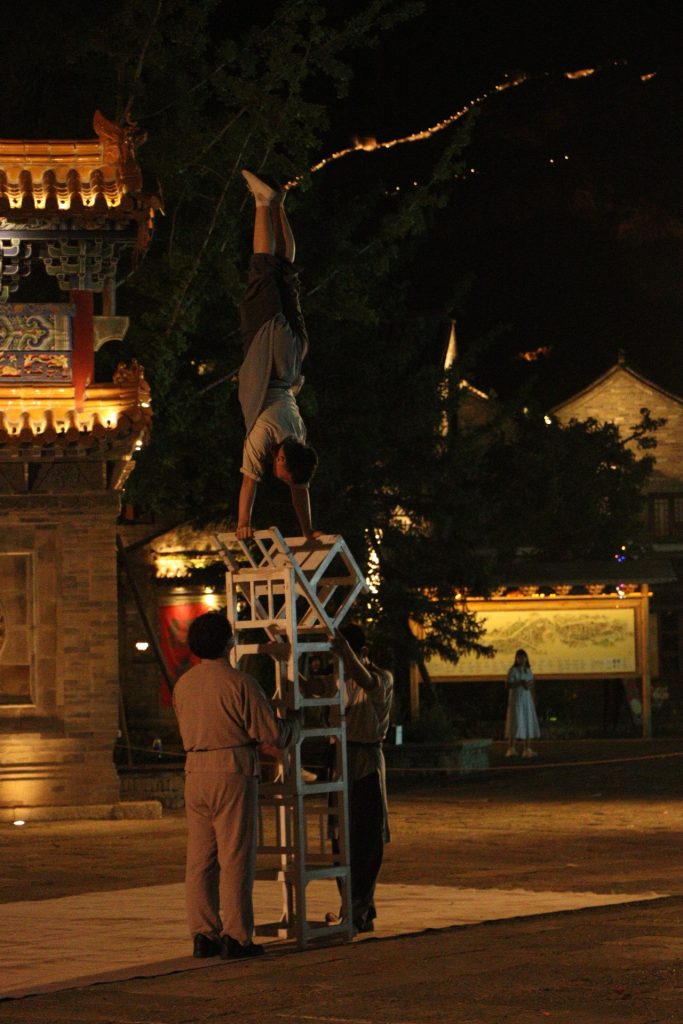
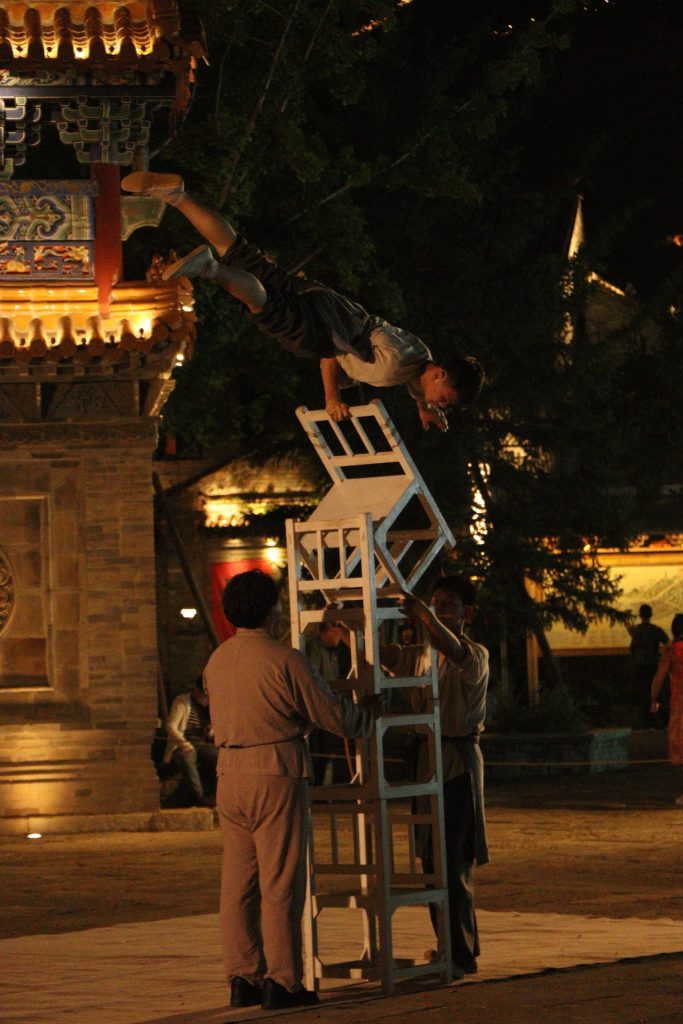
Simatai Great Wall (司马台长城) – A string of lights in the night sky
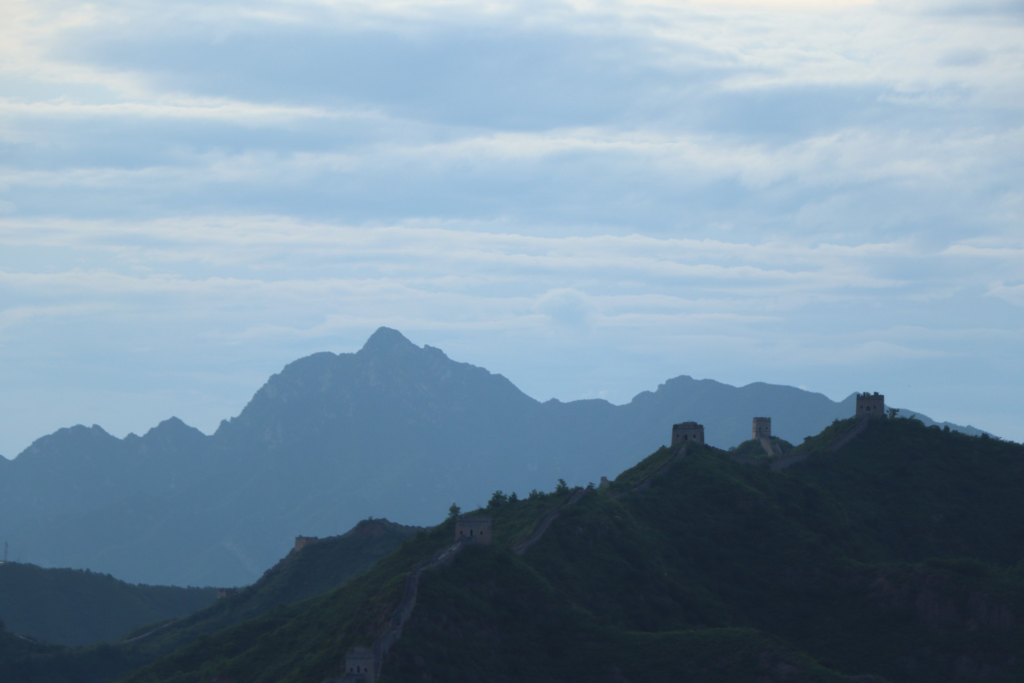
Here we are, the Simatai portion of the Great Wall of China. This is often considered one of the must-visits in China. But, compared to the Mutianyu Great Wall and the Jinshanling Great Wall, what makes Simatai to special?
History Lesson #2 – Why is the Simatai Great Wall so… dangerous?
The Simatai stretch of the Great Wall is one of the least restored, and hence most authentic portions of the Great Wall of China. It was originally built during the Northern Qi Dynasty in the 6th century before being heavily rebuilt during the Ming Dynasty under Emperor Hongwu in the late 14th century. Since 2012, where 1 of 35 watchtowers were repaired, the Simatai Great Wall has not been touched.
Although this lack of restoration makes the Great Wall an objectively dangerous hike, historians believe that this is the best way to maintain historical integrity. After all, you can’t turn all of the Great Wall’s into tourist sites, can you? To preserve genuine Ming Dynasty brickwork and the marvel of the construction of the Great Wall is the intent and appeal of the Simatai Great Wall.
So, although dangerous, the charm and must-visit reputation the Simatai Great Wall has is due to the very danger it comes with.
What else about the Wall makes it special?
Between Towers 5 and 6, after sun down, the Great Wall lights up with lanterns and strips of light. This is how it earns it’s nickname, “夜长城,” which in directly translation stands for “Night Great Wall.” As can be expected from any Great Wall of China, the view it provides of whatever is below it is simply breathtaking.
I kid you not when I say that my legs were trembling while climbing the Great Wall, and not from the cold either. It’s not that the climb is terrifying, but your body instinctively knows it’s risky. Your legs ache, your balance shifts and tries it’s best to not slip, and your breath quickens. You know it’s not an easy hike by any means. Stay safe if you’re climbing!
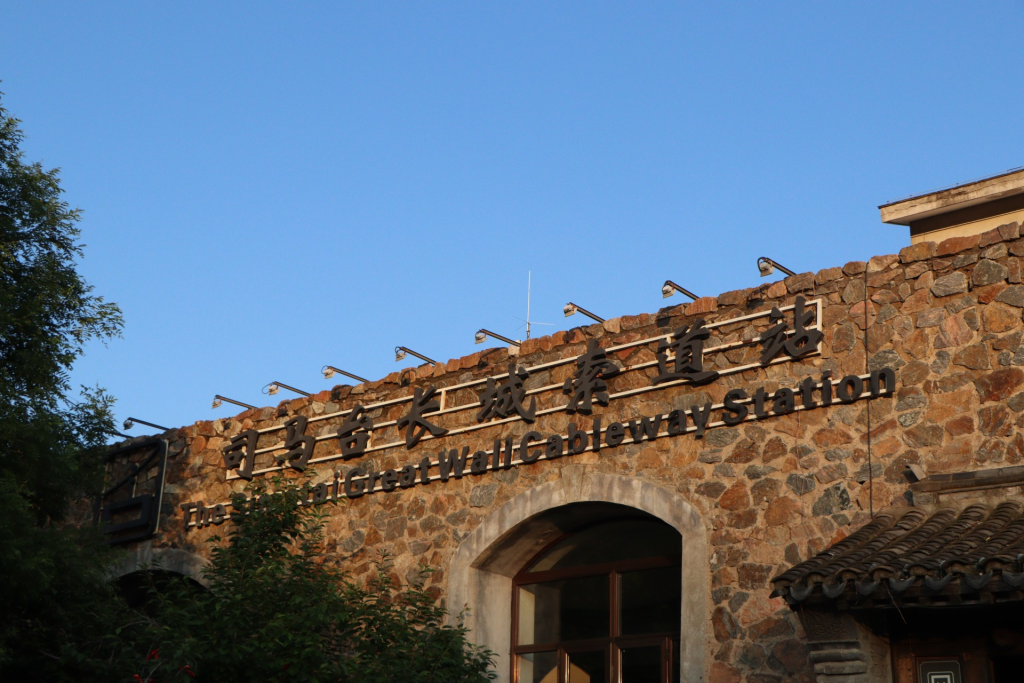
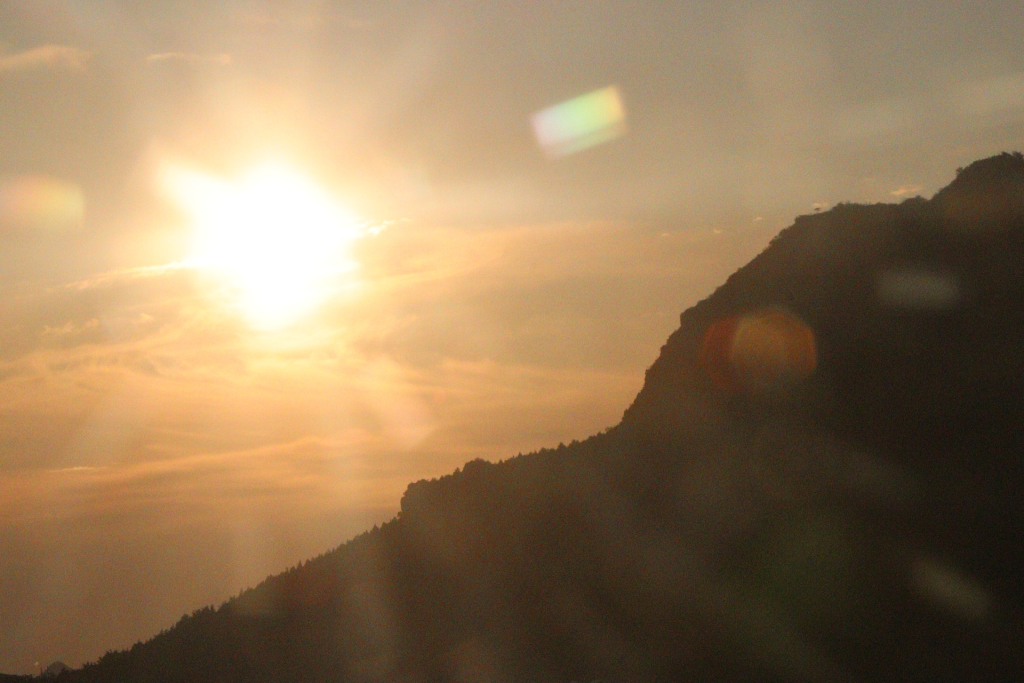
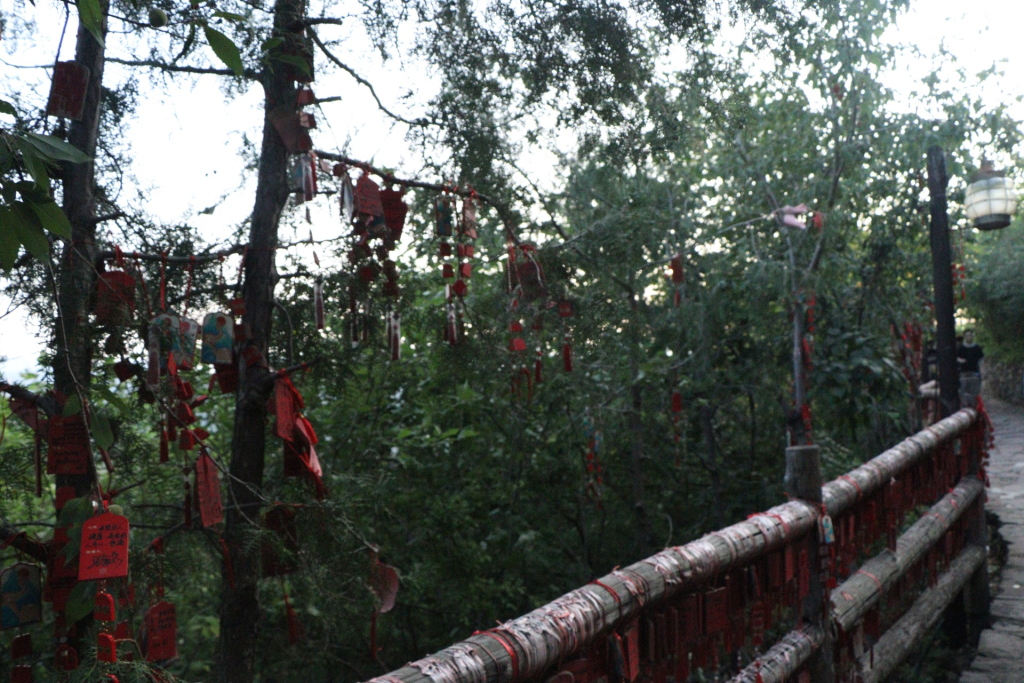
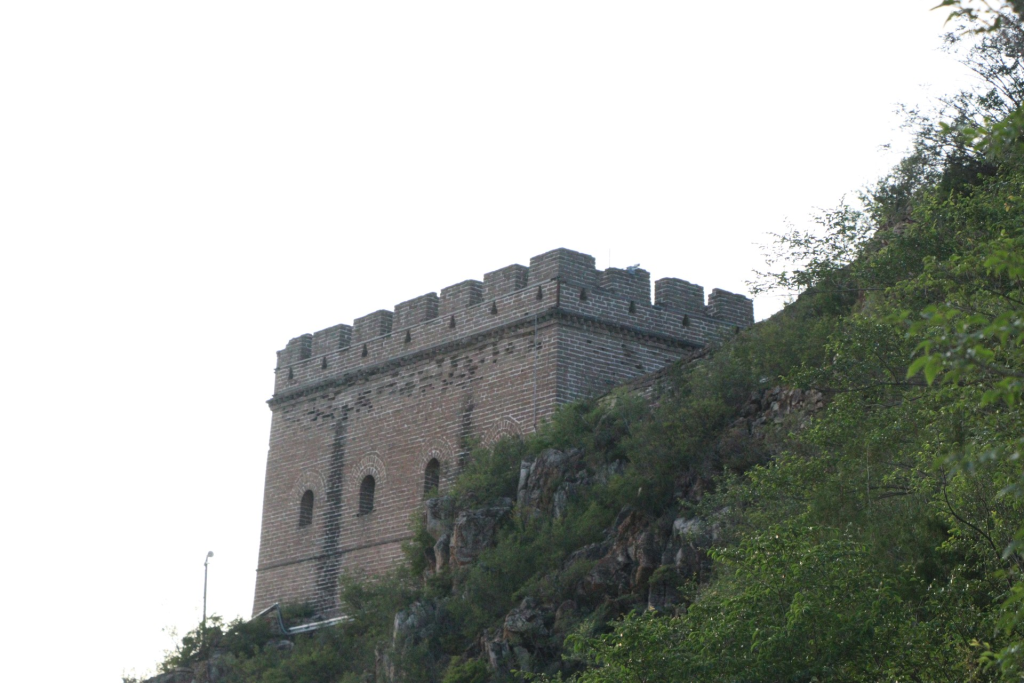
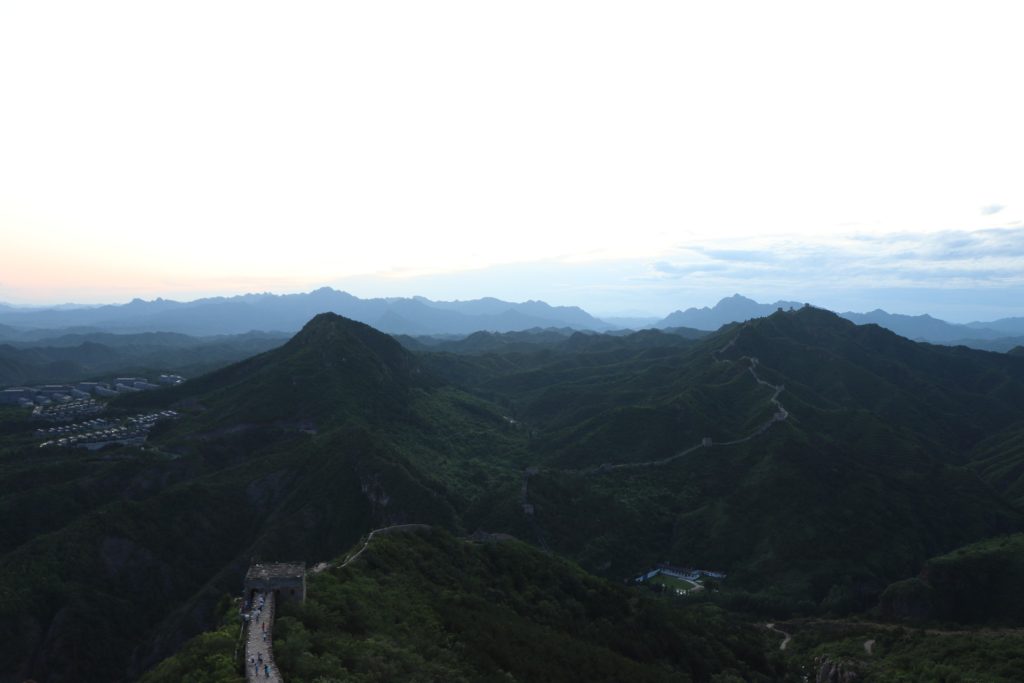
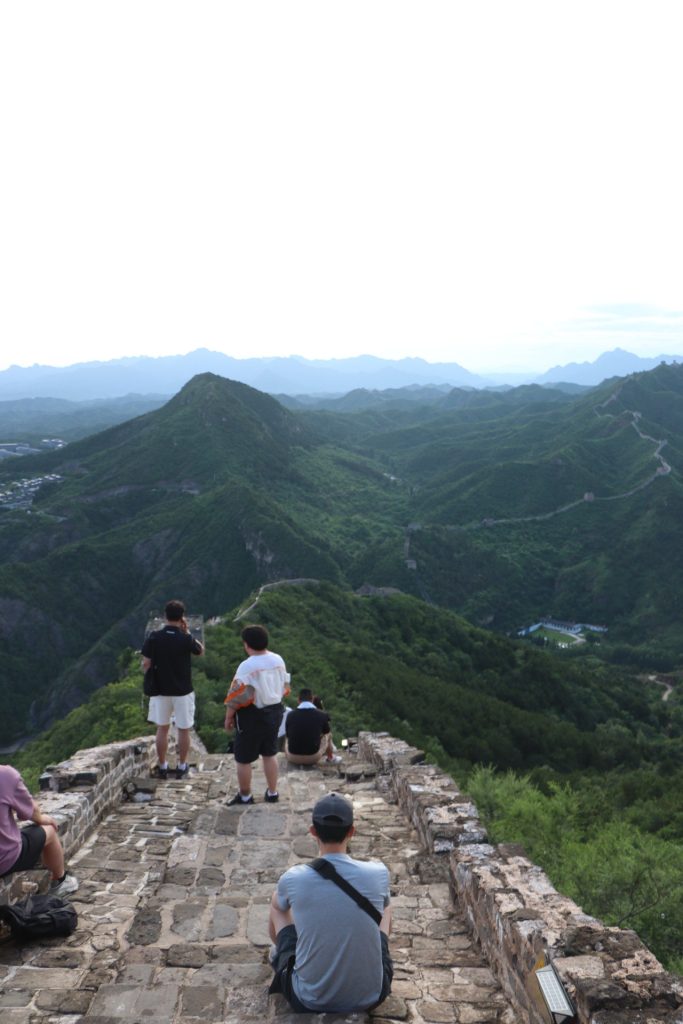
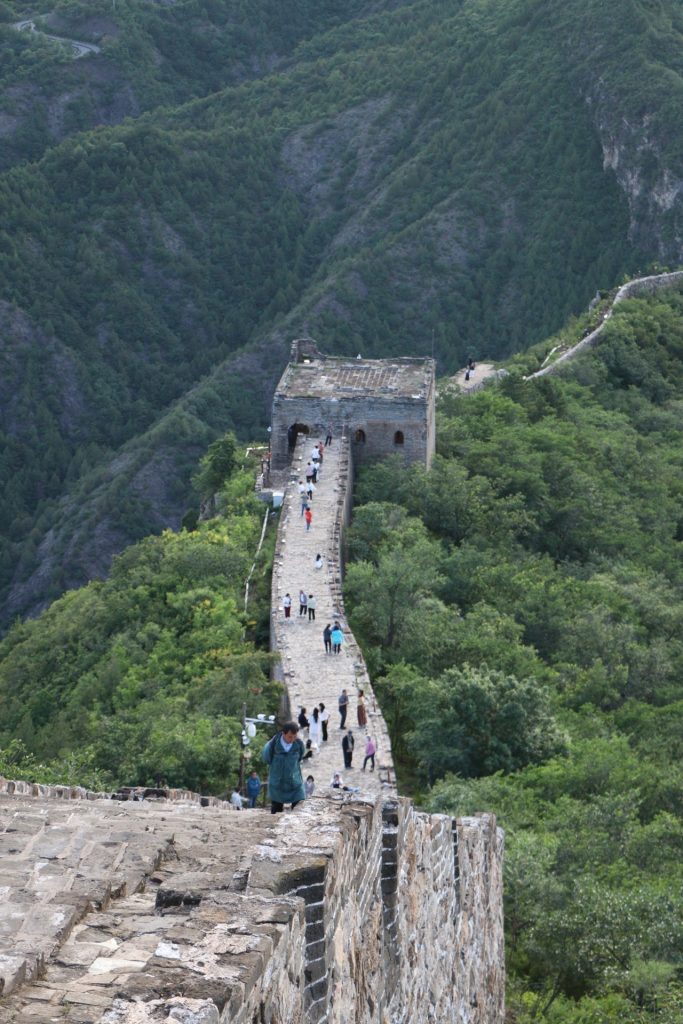
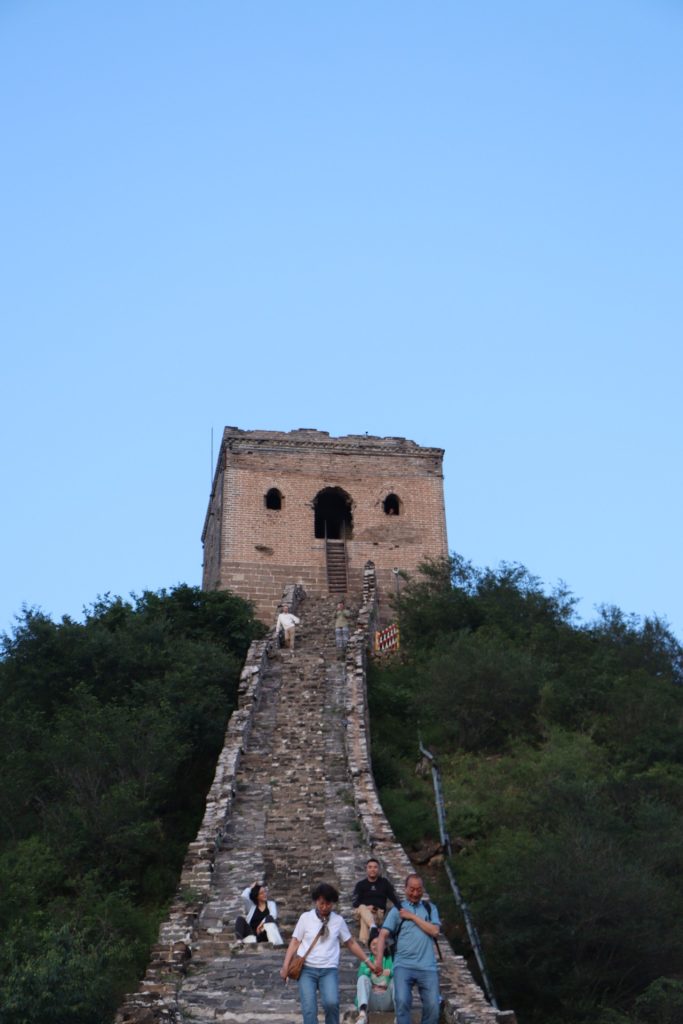
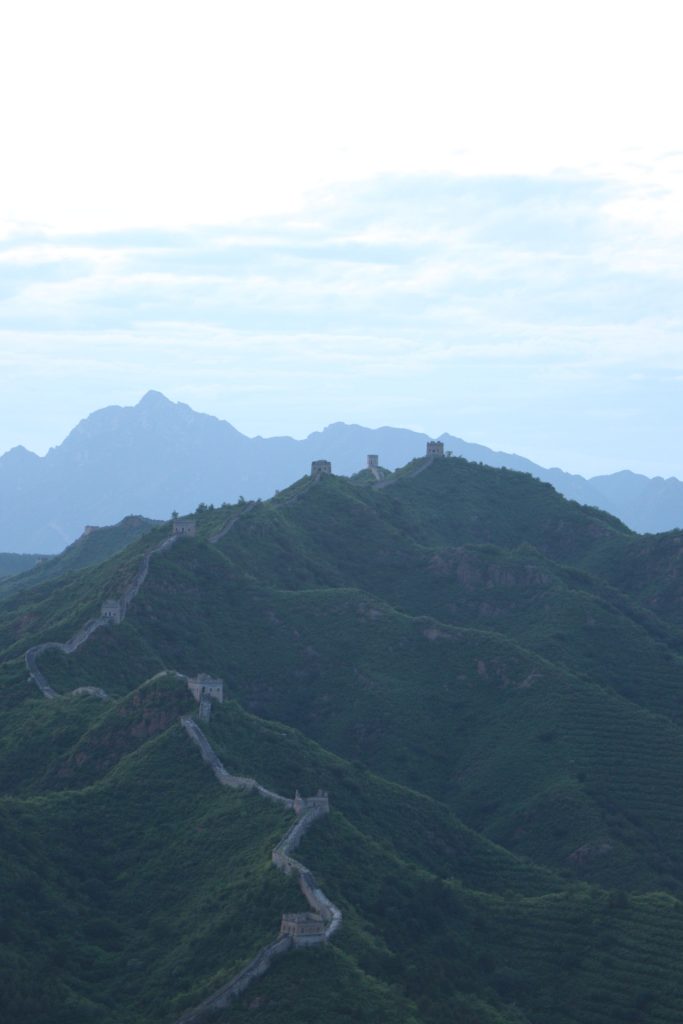
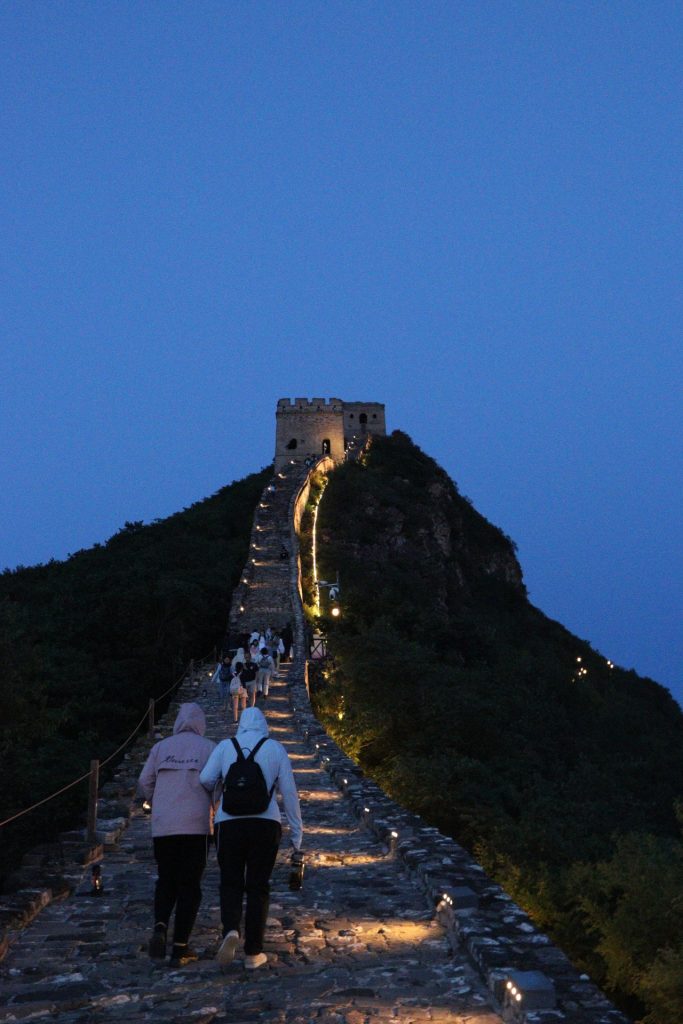
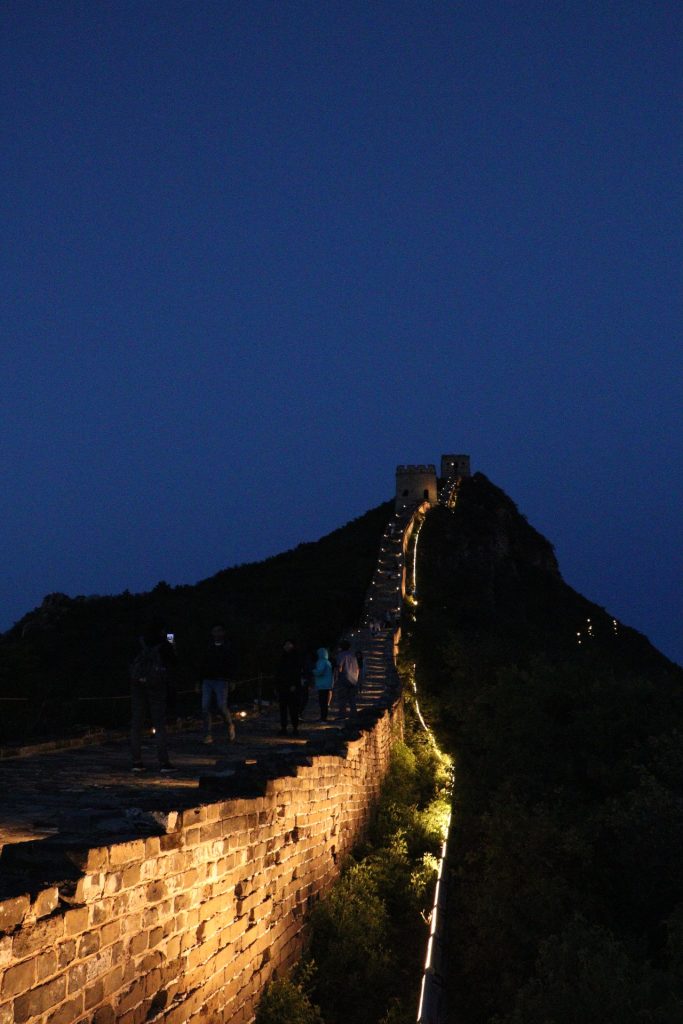
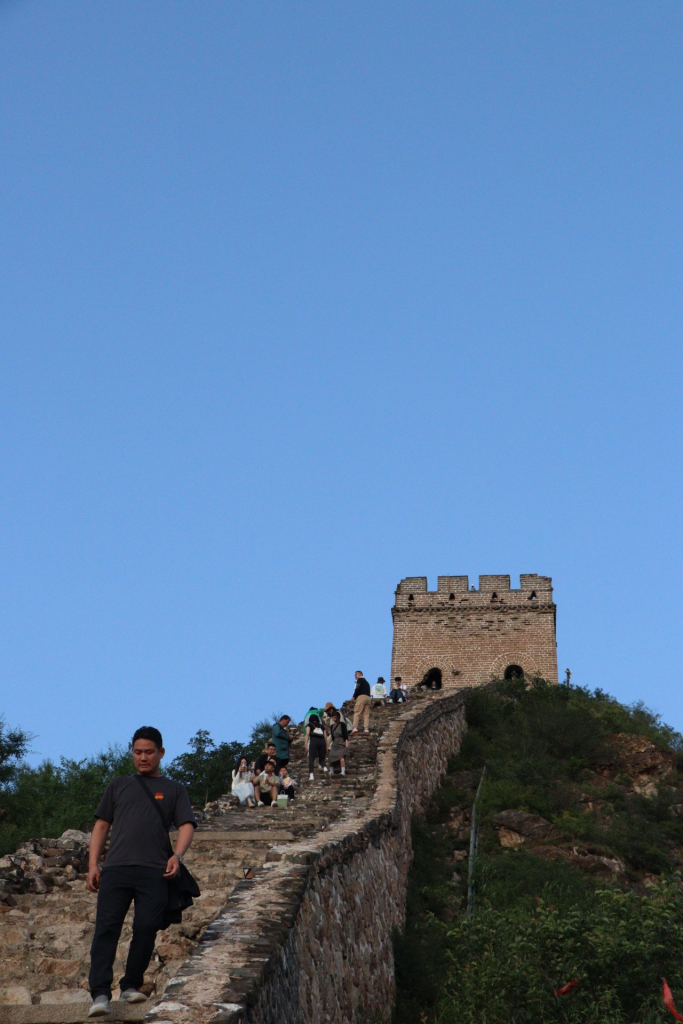

Boat Ride – Just like Venice!
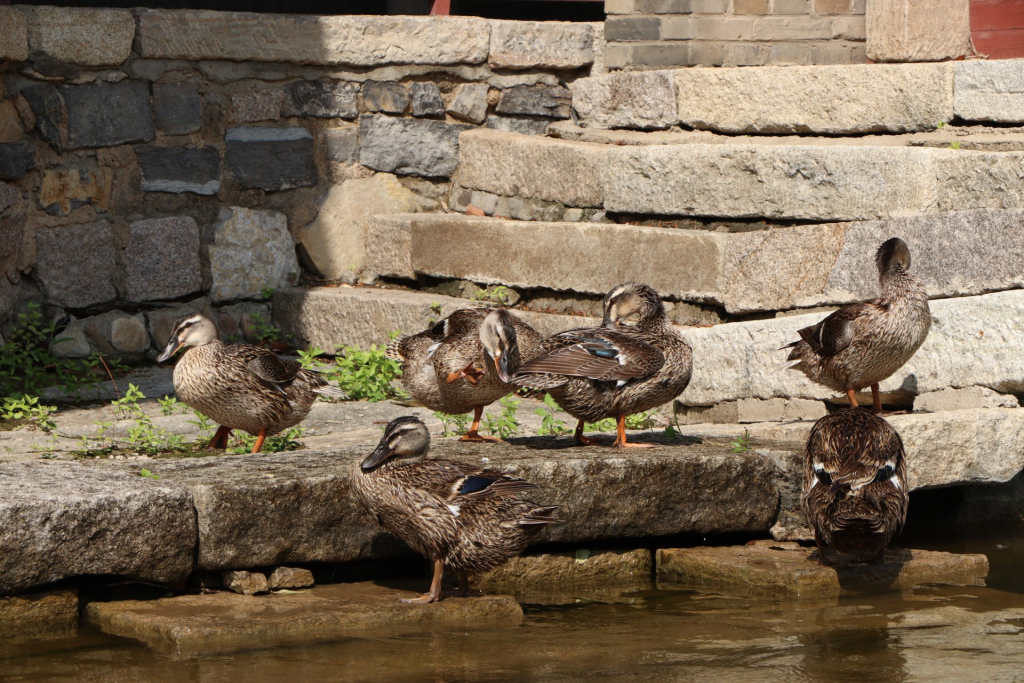
The boat ride through Gubei Water Town was short but surprisingly serene. It’s not a long ride by any means, just a simple stroll through it’s canals, but it makes for an interesting lens to view the Town through. The town itself is already quiet enough in the mornings. Pair that with the soft clatter of oars and ducks going about their days undisturbed, it’s a rather picturesque experience. Tranquil, most definitely
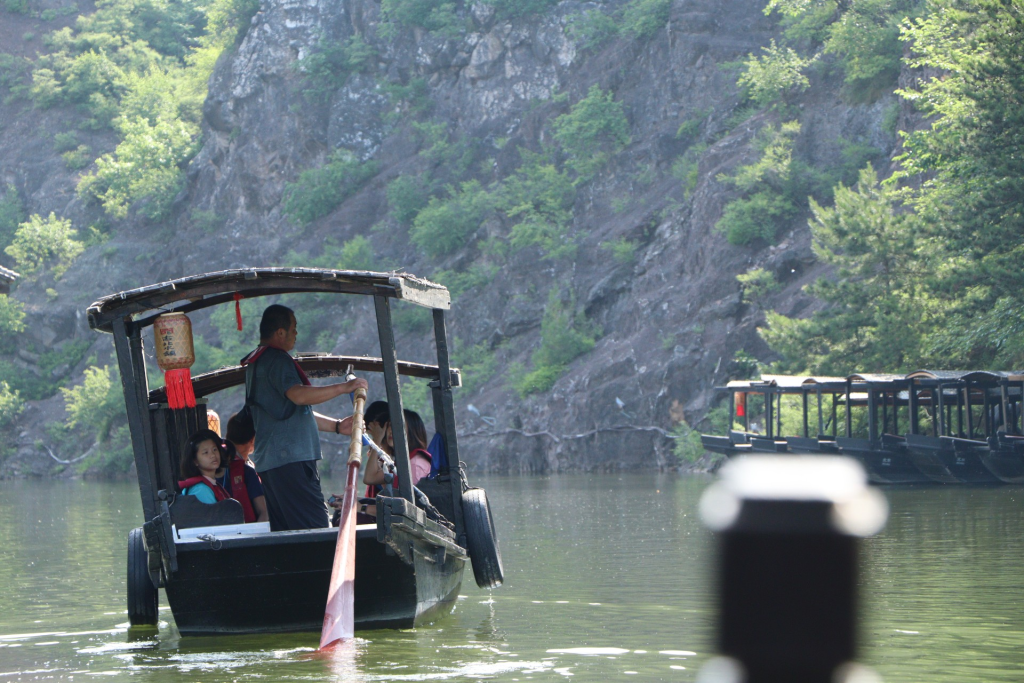
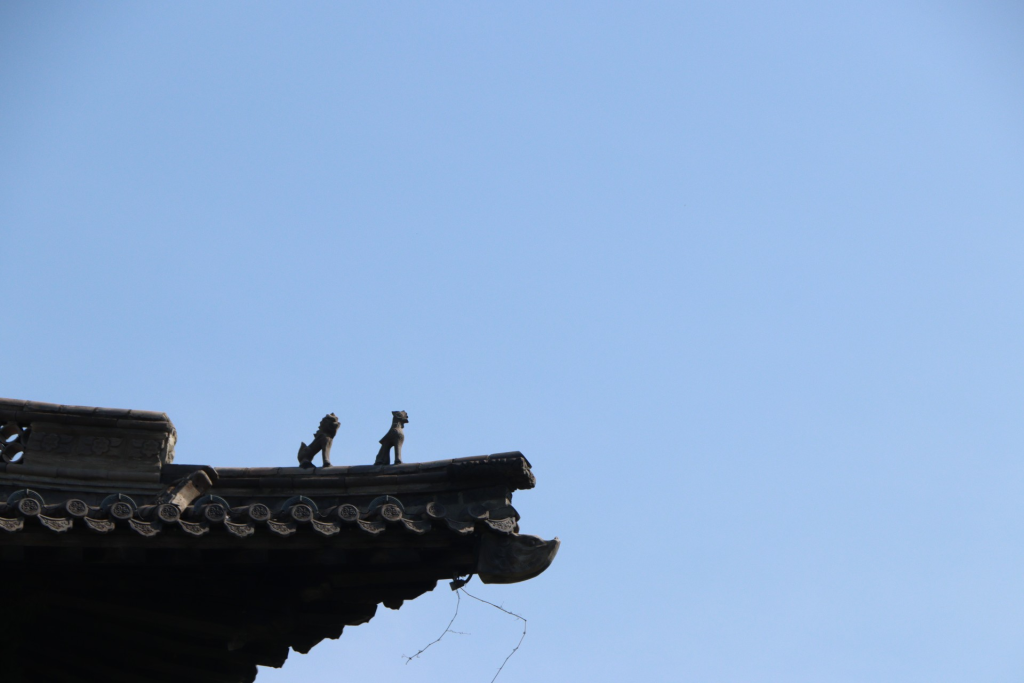

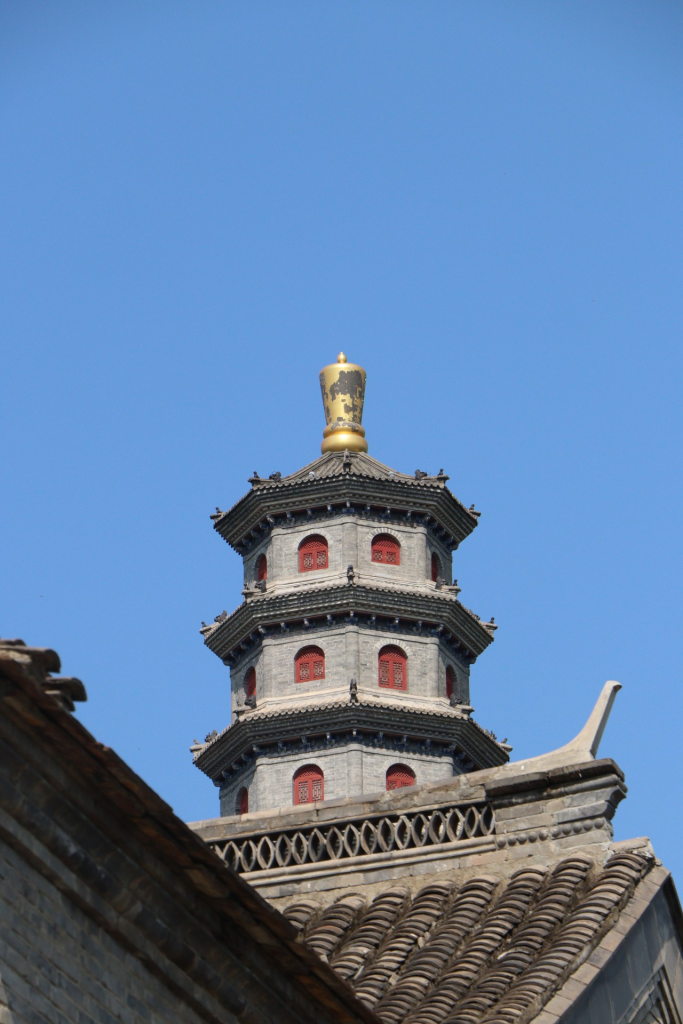
Food
香溢满园民宿 – Food from the locals
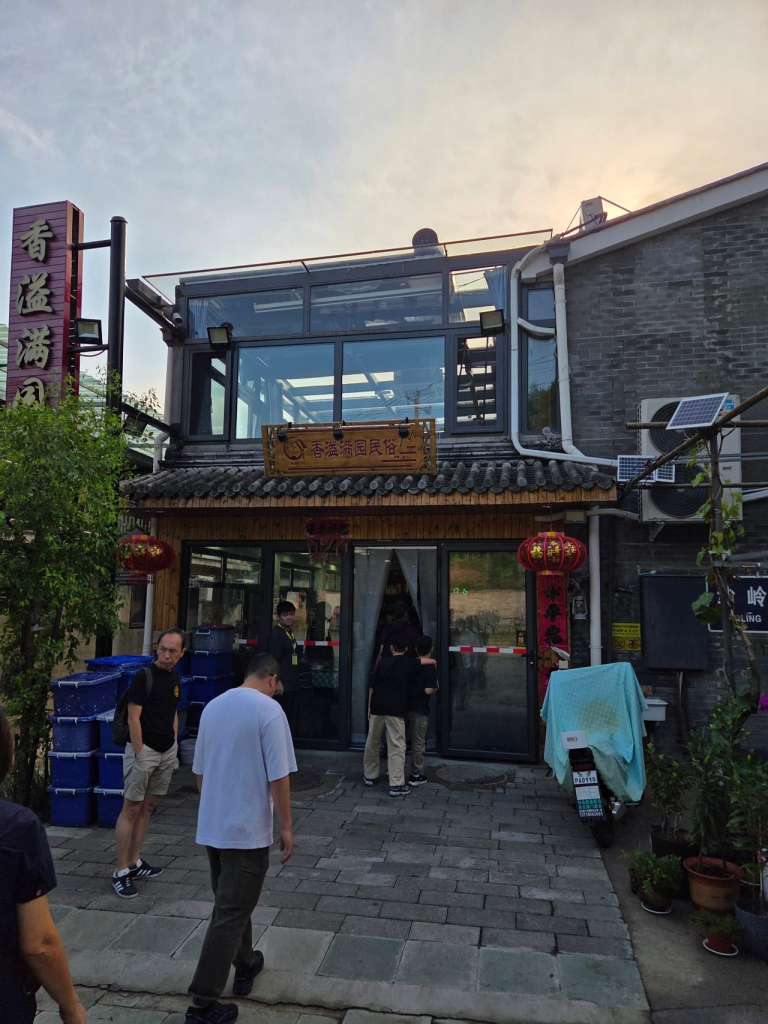
While most of the food we’ve been eating up till now has been from 5-starred restaurants, our dinner before leaving for Beijing was comparatively down-to-earth. We dined at a local farmhouse which provides both food and accomodation in a small town East of Gubei. Service was provided by the locals there and the food tasted, as expected, fresh. Most of the vegetables served were more than likely homegrown and freshly harvested, making for a very authentic taste. With very little people around, it makes for a serene dining experience too
Just outside the restaurant, you can see the abundance of spring onions / leeks growing in the grass.
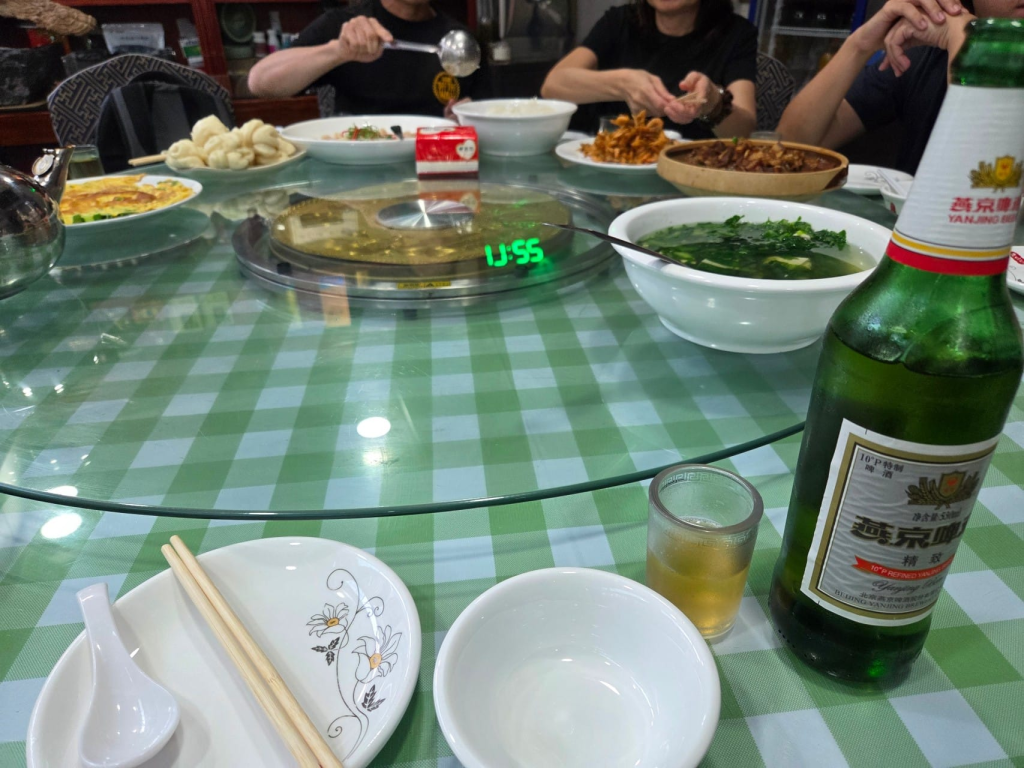
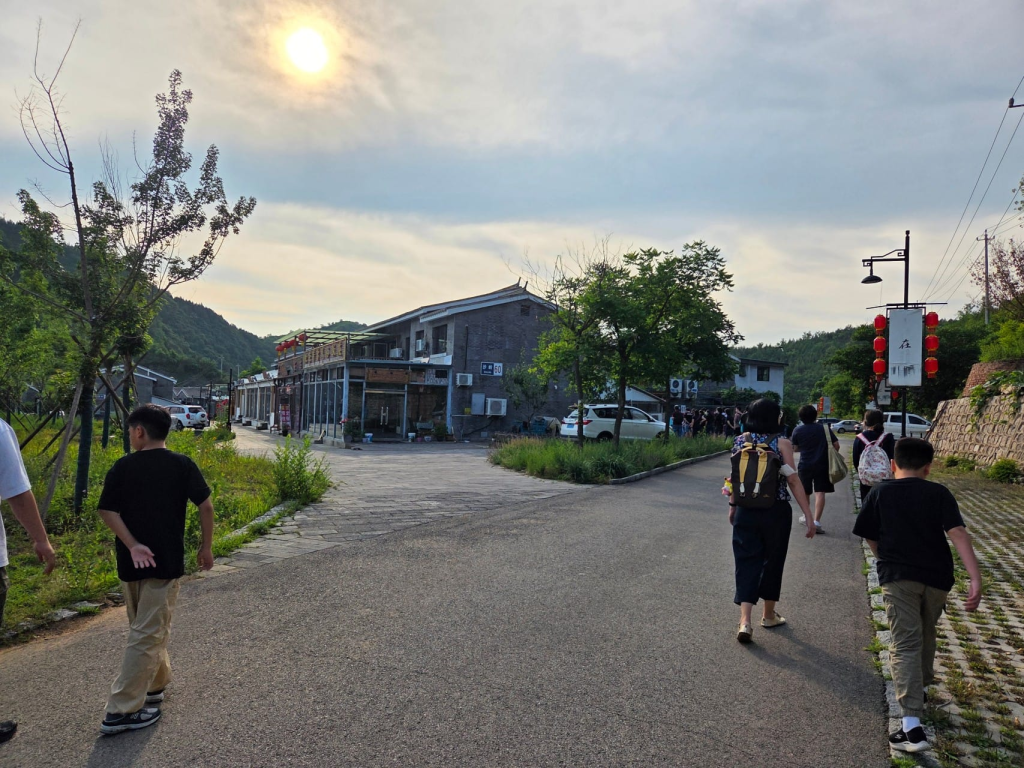
Hotel – 古北水镇大酒店
The hotel the tour package provided us during our 2D2N stay at Gubei was “古北大酒店” which in English can be directly translated to “Gubei Water Town (big) Hotel.” Fitting name, needless to say
We personally found the hotel pretty satisfying. The rooms were comfortable and pretty large, the heater and fridge both worked just fine and, although there was reportedly a risk of bugs due to the season we visited in, we found there was no such problems. The closest convenience store is the Lawson just opposite of the hotel, right outside the ticketing to get inside Gubei Water Town itself. Basically everything you’ll need for your stay can be found there. There’s a Starbucks inside the ticketing building instead if that’s your cup of tea (no pun intended)
The spread at the breakfast buffet is pretty large and you won’t have to fight for seats or food so long as you aren’t all too late. A very comfortable stay, one I would definitely recommend no matter the nature of your visit
Conclusion
Running around China can be no doubt exhaustion. Dealing with hawkers and hagglers on the Jinshanling Great Wall, being forced to go through multiple security checks across one day, squeezing through crowds to get a good photo of a certain location, racking up 16 thousand steps in all day indulging in the beauty of China. All great, don’t get me wrong, but sometimes, a 2 day escape to unwind is great too. The free time given at the end of the second day to simply enjoy the beauty of Gubei Water Town was definitely a good choice by the tour package. Taking a leisurely stroll around the quiet town is something I’d recommend more than anything else, bar maybe climbing the Great Wall.
Gubei Water Town is charm incarnate, even though the town itself may be technically artificial. Definitely worth a visit, especially if your schedule is packed elsewhere
With all that being said, make sure to refer to the post linked HERE to have a look at my thoughts on Tianjin, Chengde, Beijing and the overlook of my full 8D7N China Trip.
